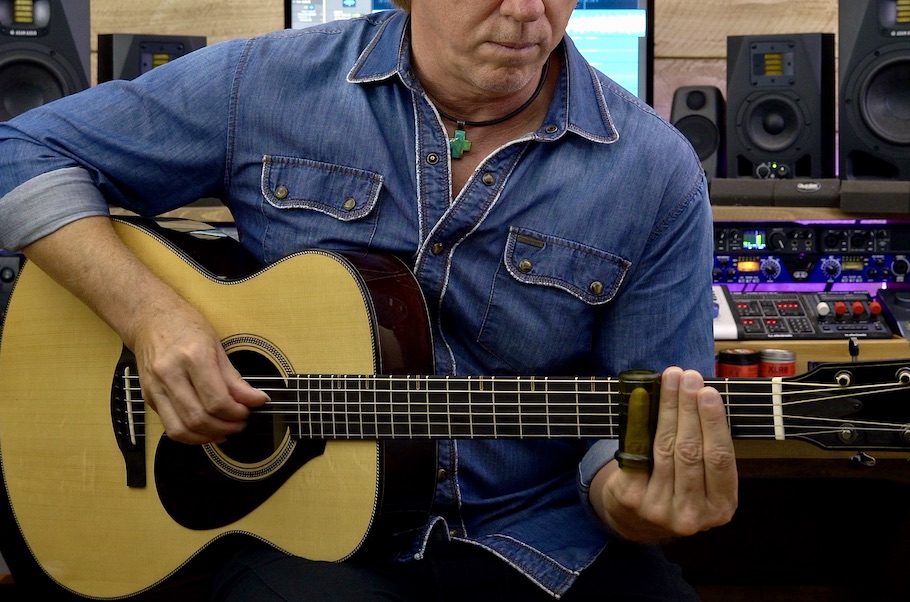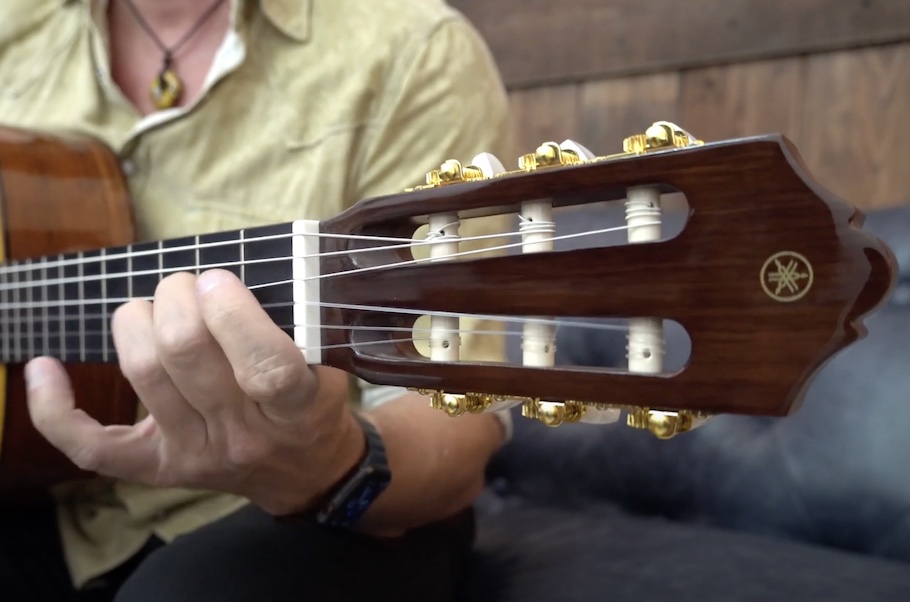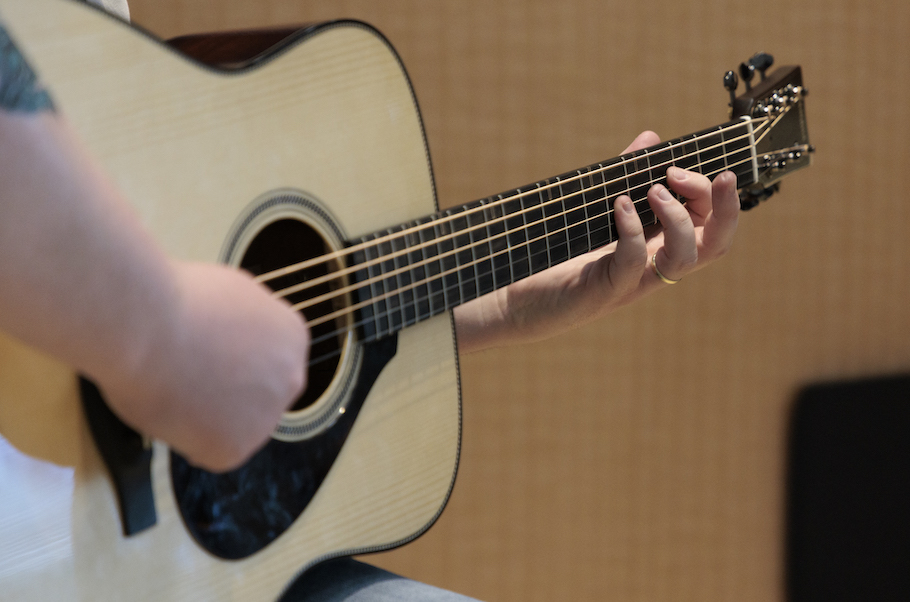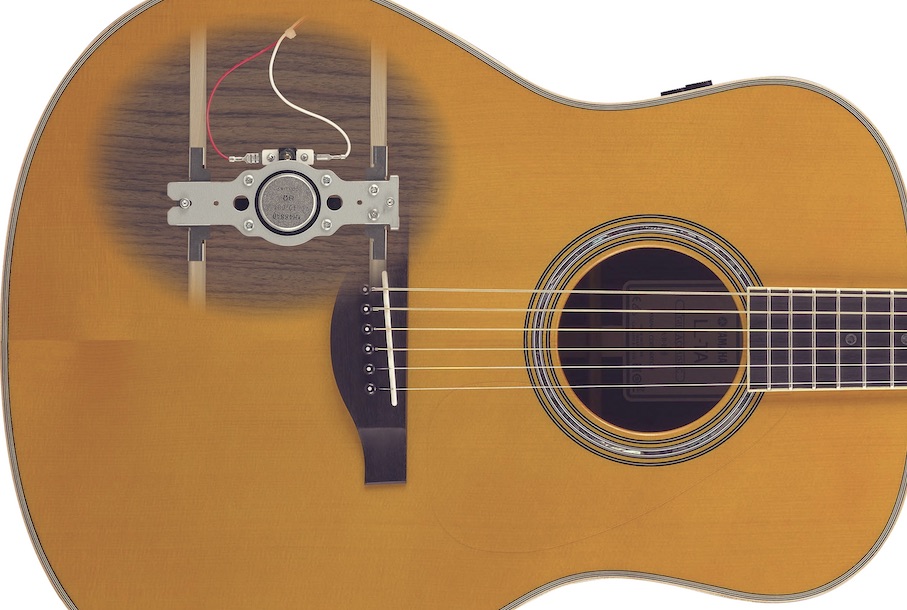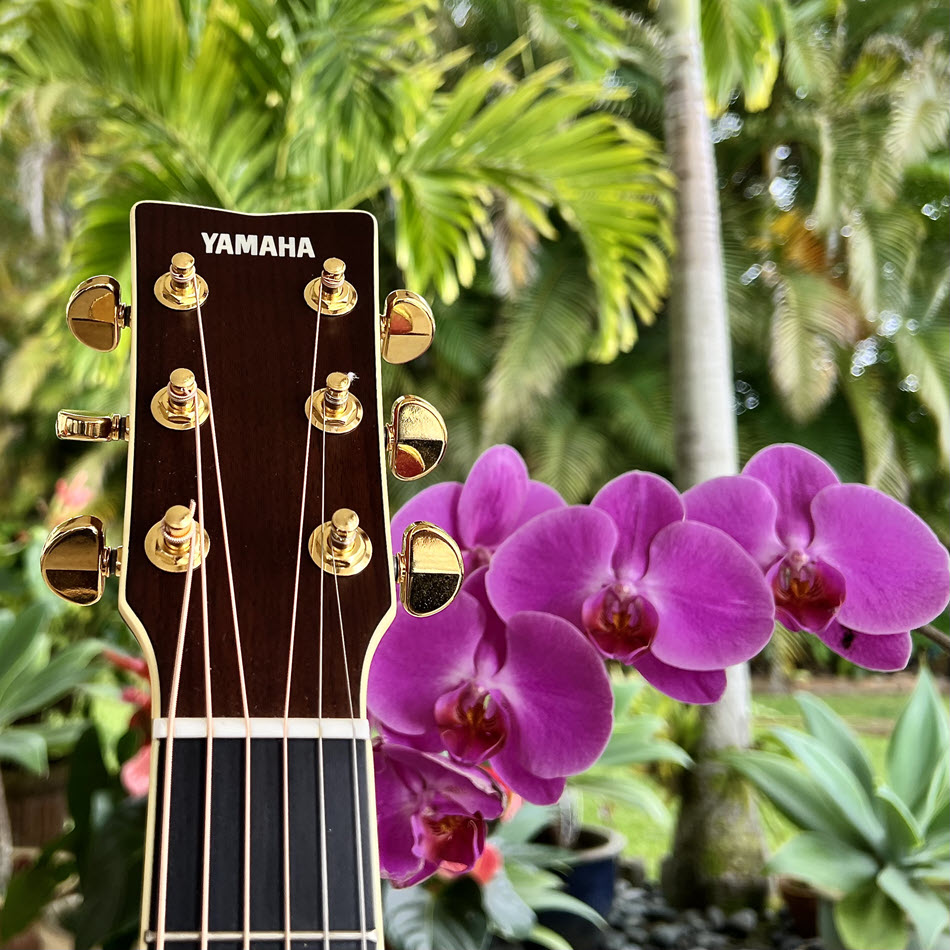Atmosfeel™ Technology Comes to the Nylon-String Guitar
Nylon lovers, rejoice!
If you’ve had the good fortune of trying — or maybe even purchasing — a Yamaha FGX or FSX Red Label steel-string acoustic guitar, you’re probably already familiar with the impressively realistic sound of the Atmosfeel™ pickup and preamp system. But what if your taste in acoustic guitars leans more toward the warmer, deeper tones of a nylon-string? Well, you’re in luck, because Yamaha has recently added Atmosfeel to its upgraded NCX and NTX series of nylon-string acoustics — and that is something for lovers of guitar tone everywhere to celebrate.
As has been discussed previously on this blog, amplifying any acoustic guitar in a way that actually sounds good is a difficult task, but nylon-string guitars present a special challenge. A standard magnetic pickup cannot be used because the lack of metal strings means that there’s nothing to create a magnetic field with. Piezo pickups (which utilize crystals to generate the necessary electric signal) can work, but they have a tendency to sound unpleasantly trebly and harsh. Perhaps the best solution for amplifying the sound of nylon-string guitars is to use a microphone, but besides the usual danger of feedback, you run the risk of boominess and overemphasis of the instrument’s lower frequencies, particularly when close-miking.
What makes the Atmosfeel system so remarkable is that it combines three means of capturing the sound: a mini-microphone inside the guitar’s body, piezo sensors in the bridge, and a proprietary synthetic sheet transducer under the soundboard, each devoted to a particular frequency range. What’s more, you can custom-blend the tones each device produces via three unobtrusive knobs on the left side of the instrument.
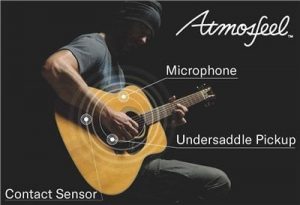
The Atmosfeel systems in Yamaha NCX5, NCX3, NTX5 and NTX3 nylon-string guitars operate the same way as the ones in the steel-string FGX/FSX Red Label models, but that doesn’t mean they are the same. Because of the unique tonal characteristics of nylon-string guitars, the specs of the systems in those instruments had to be tweaked substantially. As in the steel-string version, the sheet transducer captures the guitar’s higher frequencies and the mini-mic handles the lower ones, but the six individual piezo sensors in the bridge have been re-voiced to focus on the midrange. In addition, the Bass EQ knob has been replaced with a Treble knob, in acknowledgment of the fact that nylon-strings can often benefit from the greater clarity afforded by turning up the highs.
I’ve written about Atmosfeel before, and my previous experience with it in a steel-string guitar made me excited to hear how it would translate to the world of nylon. Sweetening the deal, the system I tested was installed in a Rodrigo y Gabriela signature-model NTX5 with special appointments designed for those two acoustic virtuosos, including a fingerboard that goes up to the 24th fret on the treble strings and a curvy cutaway that allows you to reach those ultra-high notes with ease.
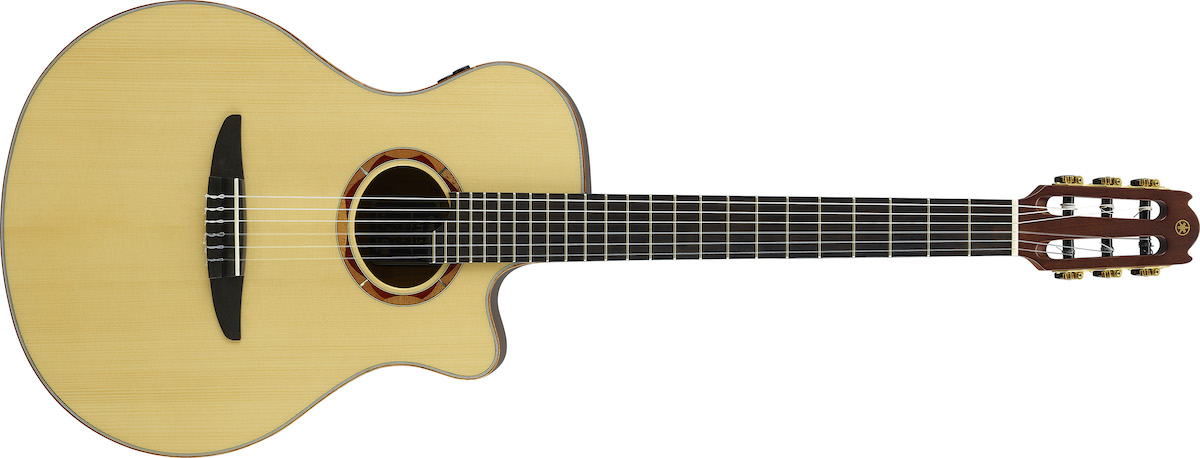
My verdict? The nylon-string edition of the Atmosfeel system is even better than the steel-string version — more vibrant and more transparent. Whether you’re going through a combo amp, a set of PA speakers or a pair of headphones, it makes you sound like you’re playing a nylon-string acoustic guitar, only louder … which is the highest praise you could possibly give to a product like this.
Although the Atmosfeel-equipped NTX5 is clearly designed for live performance, I found that it’s also an ideal recording guitar. Working in a studio environment, you can get a better sense of how well-tuned the pickup system is to the instrument, and how clearly it conveys the separation between each of the guitar’s six strings, even when they combine to form a rich whole. The onboard controls provide a nice range of tonal options, but I quickly discovered that my personal sweet spot for recording was with the Master Volume and Treble EQ knobs both at 12 o’clock and the Mic Blend knob at about 2 o’clock, slightly emphasizing the signal of the mini-mic. (If you turn the latter knob all the way to the right, that mic is all you’ll hear; turn it the other way and you’ll get a combination of the piezos and the sheet transducer.)
The NTX5 is a supremely adaptable guitar, and Atmosfeel is a big part of the reason why. Nylon lovers, rejoice! There’s no longer any need to be envious of your steel-string brethren and their ability to easily transition from stage to studio with just one instrument. An NTX or NCX series guitar lets you do exactly the same, and makes you sound great while doing it.
Check out these related blogs:
Atmosfeel™: The Next Generation of Yamaha Acoustic Guitar Pickups
Introducing the New Generation of Yamaha Red Label Guitars
Click here for more information about Yamaha NCX5, NCX3, NTX5 and NTX3 nylon-string guitars.











